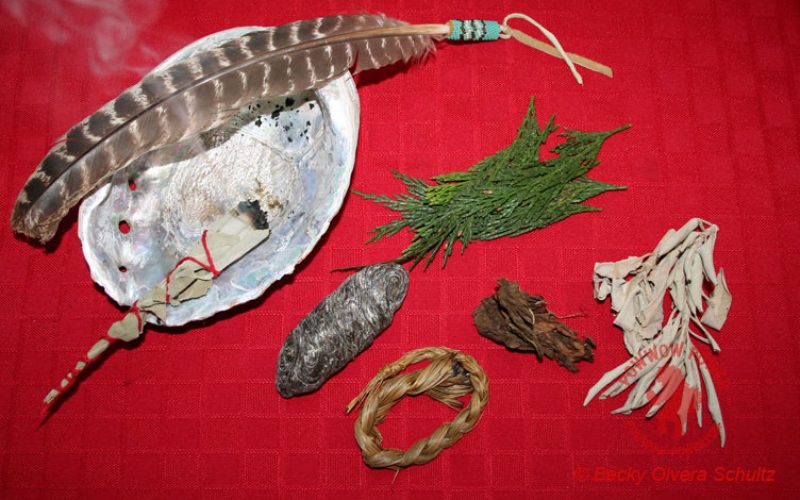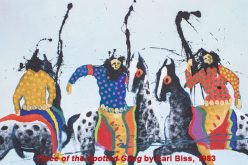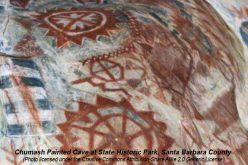Smudging Removes Negative Energy, Heals & Kills Airborne Bacteria
During difficult times and good times, burning sage and smudging with has primarily been a spiritual ceremony. Long in use by indigenous cultures, recent research has shown that burning sage also kills 94% of airborne bacteria. Given the current climate due to the COVID-19 world wide problem, smudging regularly with sage may just be a very good thing but keep in mind that if anyone has conditions that any type of smoke could be aggravate, avoid exposing those individuals.
The smudging ceremony is a custom of Native American and other indigenous cultures. For centuries many cultures have used smudging as a way to create a cleansing smoke bath that is used to purify the body, aura, energy, ceremonial/ritual space or any other space and personal articles. Smudging is performed to remove negative energy as well as for centering and healing. Our bodies and environments are not only physical but vibrate with invisible, silent energy.
Smudging calls on the spirits of sacred plants to drive away negative energies and restore balance. Plants such as tobacco, sage, cedar, sweet grass, juniper, lavender and copal are burned and the smoke is directed with a single feather or a fan made of several feathers. Sage is said to purify and drive out negative energy, sweet grass to attract positive energy, beauty and sweetness, cedar to ward off sickness, lavender to bring spiritual blessing. Many tribes consider tobacco to be the most sacred plant, chasing away bad or negative feelings and bringing on good and positive thoughts and to connect people with the spiritual world. Native peoples used tobacco as a medicine, smoked in the evenings and not as a daily occurrence. Tobacco can become a poison when abused and treated without proper respect.
A single plant or mixture of plants is placed in a shell or other fireproof bowl and lit. Some cultures use only shells such as abalone, believing the shell, an element of water, balances the other elements of fire, air, and earth (plants) while some cultures will not use shells believing that the water element of the shell nullifies the fire element of the smudging. Continue reading…












